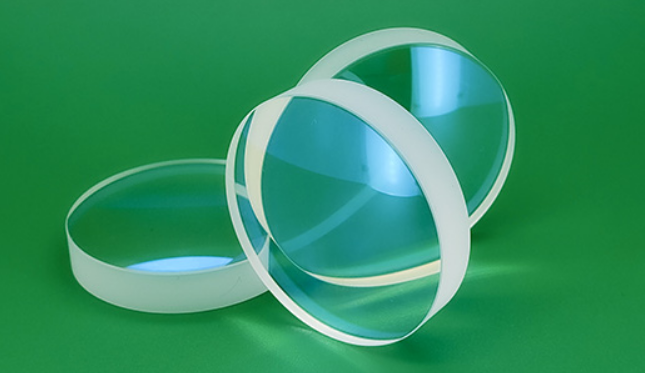Why Use an Achromatic Lens: Enhancing Optical Performance and Clarity
Aug. 21, 2023
An achromatic lens is a crucial component in the realm of optics, valued for its ability to address chromatic aberration—a phenomenon that can degrade image quality and clarity in optical systems. This specialized lens plays a vital role in various fields, from photography and microscopy to astronomy and medical imaging. In this article, we will delve into the purpose, design, applications, and advantages of achromatic lenses.
Understanding Chromatic Aberration:
Chromatic aberration, often referred to as color fringing, occurs due to the dispersion of light by lenses. This optical phenomenon results in the separation of light into its constituent colors, causing different wavelengths to focus at slightly different points. This discrepancy can lead to blurred images, reduced contrast, and a lack of sharpness.
The Role of Achromatic Lenses:
Achromatic lenses are meticulously crafted to counteract the effects of chromatic aberration. These lenses are designed to converge light of different wavelengths to a single focal point, minimizing color fringing and enhancing image quality. The term "achromatic" originates from the Greek words "a" (without) and "chroma" (color), indicating the lens's ability to bring different colors to a common focus.
Construction and Design:
Achromatic lenses are constructed by combining two different lens elements made from distinct optical materials. These materials have varying refractive indices, which result in different levels of dispersion. The design of the lens elements is meticulously calculated to cancel out the dispersion effects of each other, thereby minimizing chromatic aberration.
The first lens element, often made from a crown glass with a lower refractive index, bends shorter wavelengths more than longer ones. The second element, made from a flint glass with a higher refractive index, counters this effect by bending longer wavelengths more than shorter ones. When these two elements are carefully aligned and combined, they work together to correct chromatic aberration and produce clear, color-corrected images.
Applications of Achromatic Lenses:
Achromatic lenses find application in a wide range of optical systems and industries:
1. Photography:
Achromatic lenses are essential components in camera lenses. They ensure that images captured are sharp, clear, and free from color fringing, regardless of the lighting conditions or the presence of various wavelengths.
2. Microscopy:
In microscopes, achromatic lenses play a critical role in providing accurate and detailed images of microscopic specimens. They enable researchers to observe samples with high precision and clarity.
3. Telescopes:
Achromatic lenses are used in refracting telescopes to correct chromatic aberration. They help astronomers observe celestial objects without the distraction of color fringing, enhancing the quality of astronomical observations.
4. Medical Imaging:
In medical devices such as endoscopes and imaging systems, achromatic lenses ensure that physicians and medical professionals obtain accurate and clear images, which are vital for diagnosis and treatment.
5. Surveying Instruments:
Achromatic lenses are employed in surveying instruments to provide accurate measurements and clear sightlines, even when viewing targets over long distances.
Advantages of Achromatic Lenses:
Achromatic lenses offer several advantages that contribute to their widespread use:
1. Improved Image Quality: By correcting chromatic aberration, achromatic lenses enhance image sharpness, clarity, and contrast, resulting in higher-quality visuals.
2. Versatility: Achromatic lenses are versatile components that can be integrated into various optical systems to address chromatic aberration.
3. Cost-Effectiveness: Achromatic lenses provide a cost-effective solution for minimizing chromatic aberration compared to more complex optical designs.
4. Reduced Color Fringing: The primary advantage of achromatic lenses is their ability to significantly reduce color fringing, resulting in more accurate and vibrant images.
Conclusion:
Achromatic lenses are indispensable tools in the world of optics, tackling chromatic aberration head-on and delivering clear, color-corrected images. Their design and construction exemplify the marriage of precision optics and scientific understanding. Whether in cameras, microscopes, telescopes, medical devices, or surveying instruments, achromatic lenses play a pivotal role in enhancing the visual experience, enabling researchers, photographers, astronomers, and professionals to capture and analyze the world around them with unparalleled clarity and accuracy.
If you want to know more information about Achromatic lense, please contact us. We will provide professional answers.
Explore [The Insider's Views](https://www.clzoptics.com/contact-us/).





















